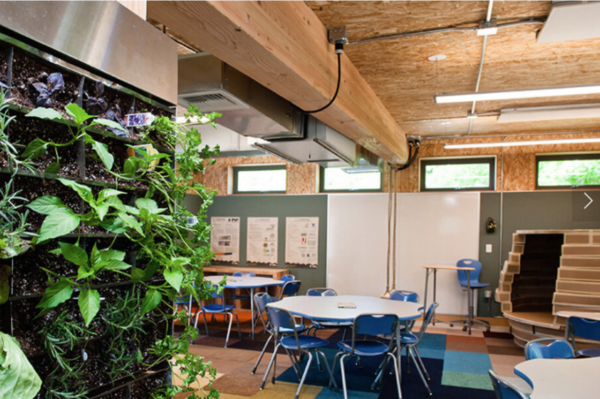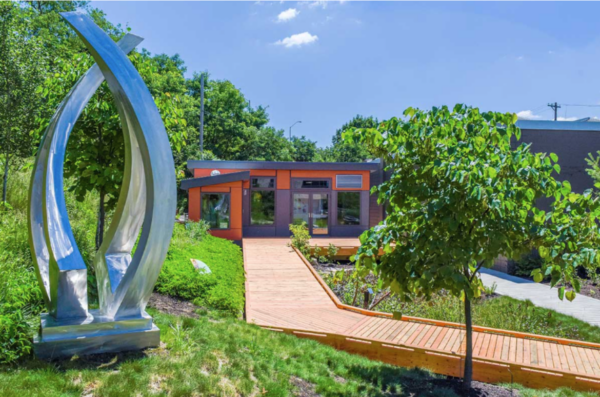
On October 8, 2023, a fire raged through Lahaina, devastating over 2,000 homes, displacing over 6,000 people and taking the lives of at least 98 people. This was yet another reminder that how we build matters. As survivors are now being escorted to what remains of their homes, equipped with hazmat suits and respirators to sift through the toxic ash, we are reminded that what we build our homes with also matters. And as we rush to ship in modular housing to create temporary and permanent homes for the displaced, we need to remember the thousands of people that suffered respiratory distress due to formaldehyde-containing particleboard in FEMA trailers following hurricane Katrina.
In Lahaina, rebuilding our elementary schools is a priority. A temporary school will be built in the upcoming mixed-use development project known as Pulelehua in the next 95 days to replace King Kamehameha III Elementary that burned in the fire. The question we should be asking is: do we simply build back the same, or do we build back with lessons learned from our past… and build classrooms that:
1) Make all their own energy.
2) Catch and treat all their own water on-site.
3) Are built with all non-toxic materials
4) Provide natural light and ventilation.
5) Grow food.
6) Ensure healthy & happy learning environments for our keiki.

This is exactly what they did in Seattle with the Perkins SEED (Sustainable Energy Every Day) Classroom, and in Pittsburgh with the Nature Lab at Phipps Conservatory. These are two modular classrooms that meet the most stringent and only net positive building performance standard in the world: the Living Building Challenge (LBC). Beyond green buildings and LEED certification, LBC addresses and mitigates all negative impacts on people and planet, often at the same cost as traditional design.
In addition to academic campuses, Living Buildings are growing across the
country – from affordable homes, to daycare centers, to wastewater treatment plants, to cultural and civic centers, to five-story commercial buildings, and even multi-family high rises. Do we not owe it to our children of Lahaina, given all they have suffered through, to give them classrooms that are healthy, safe, beautiful, and inspiring? Classrooms that teach our keiki the proper way to build and live in harmony with nature?

Written by Mark Deakos of B Corp 3-P consulting.
